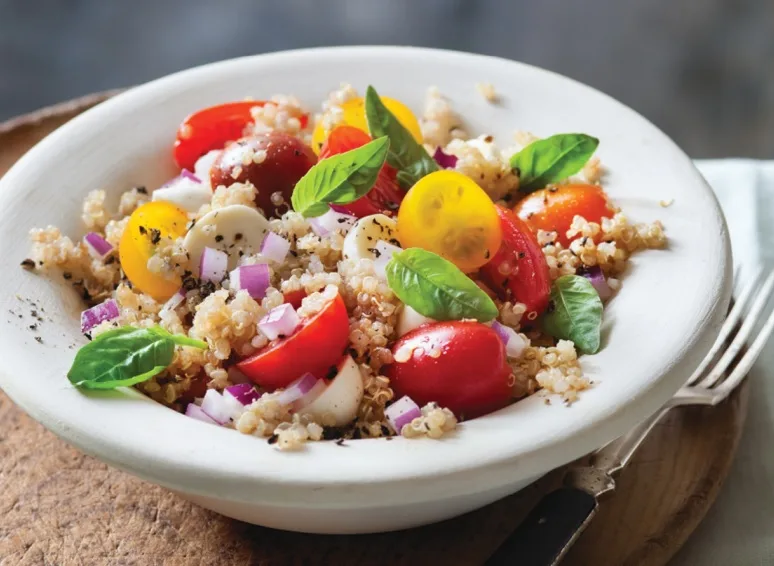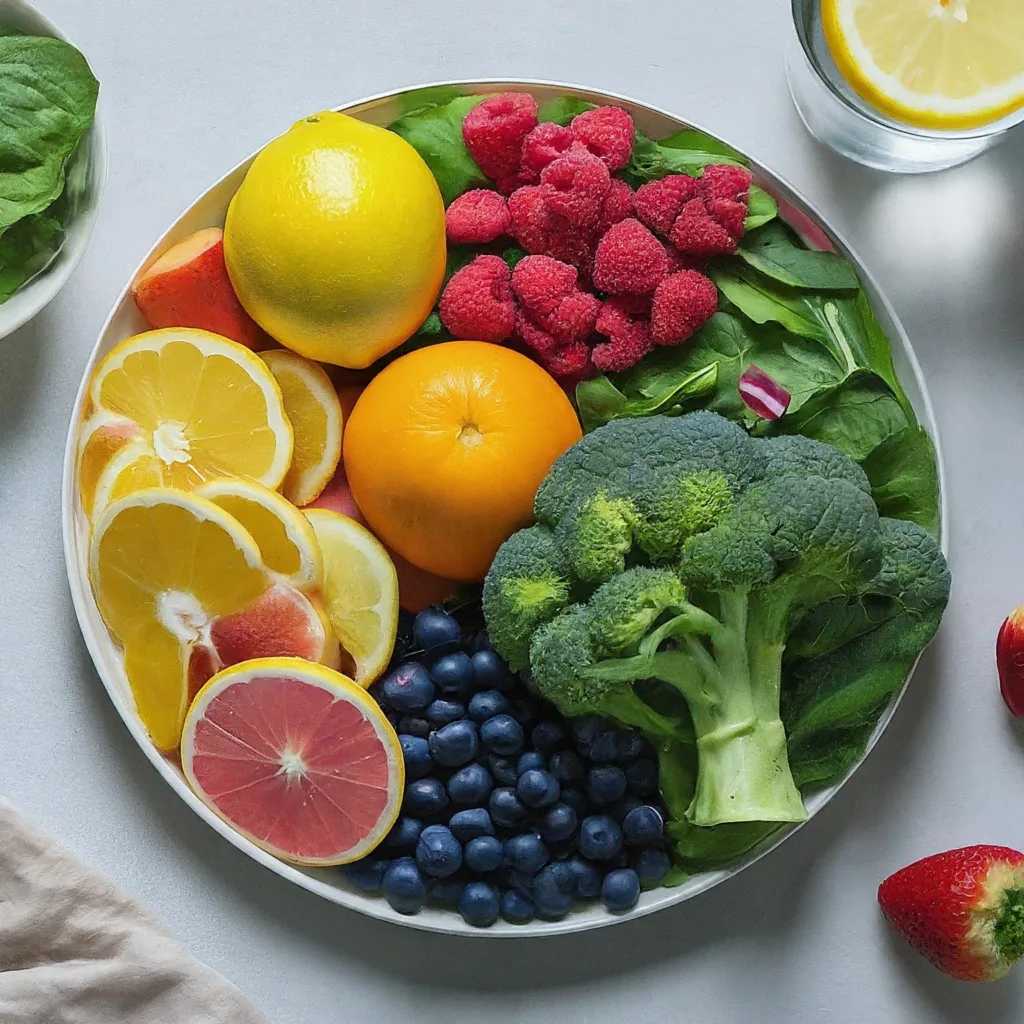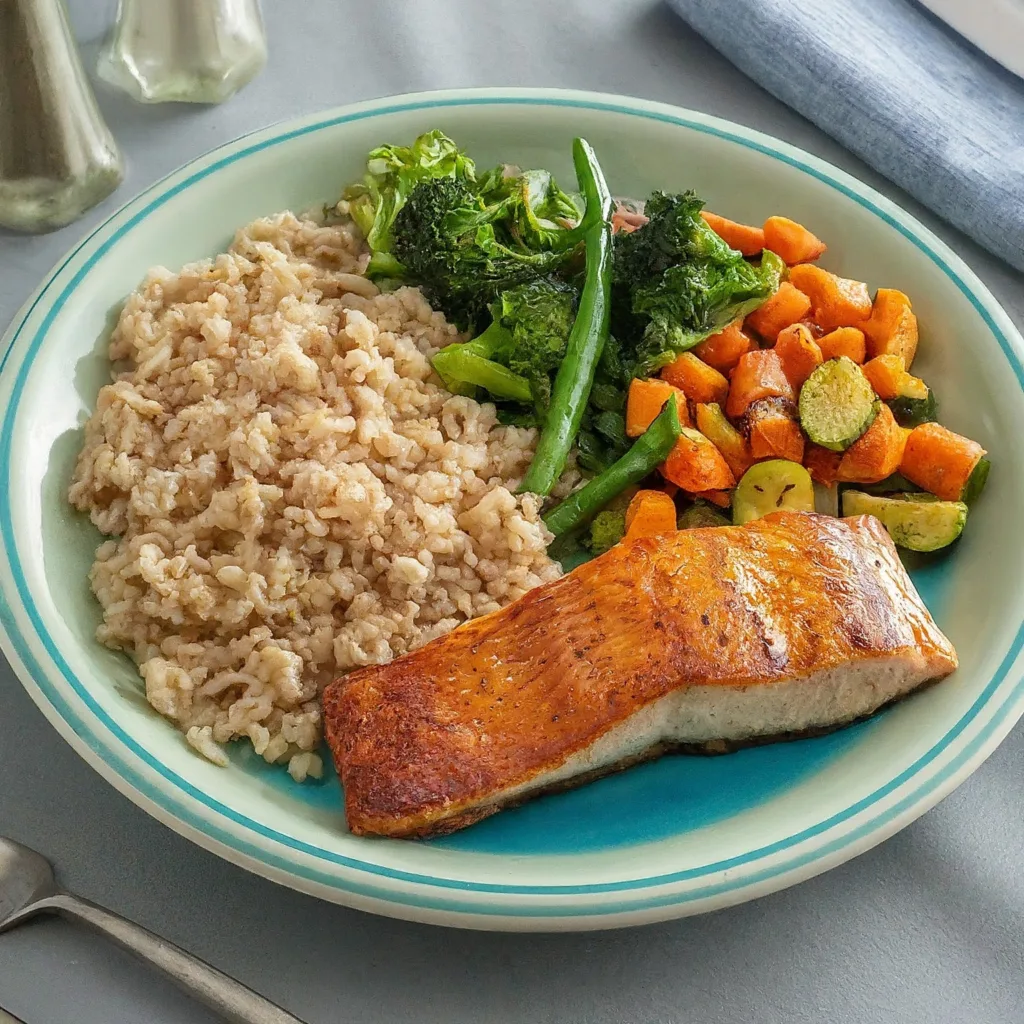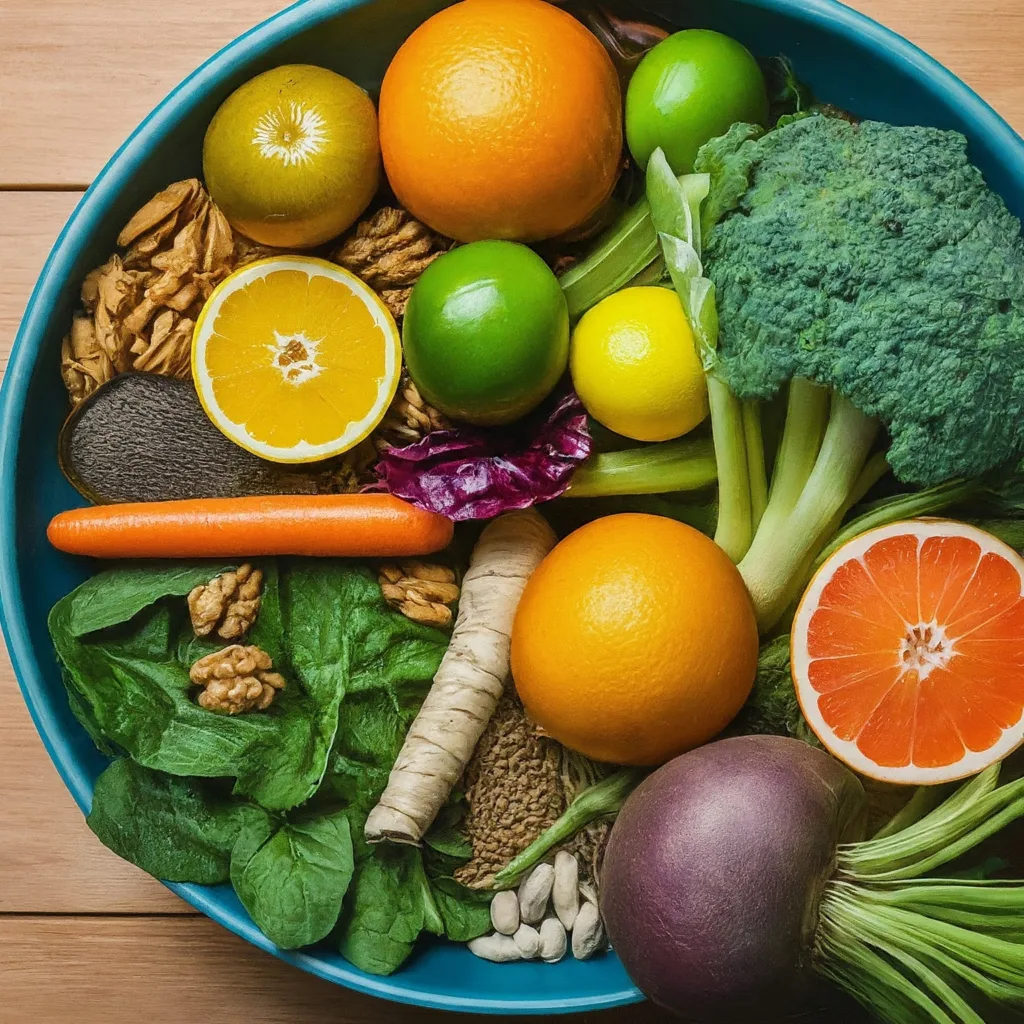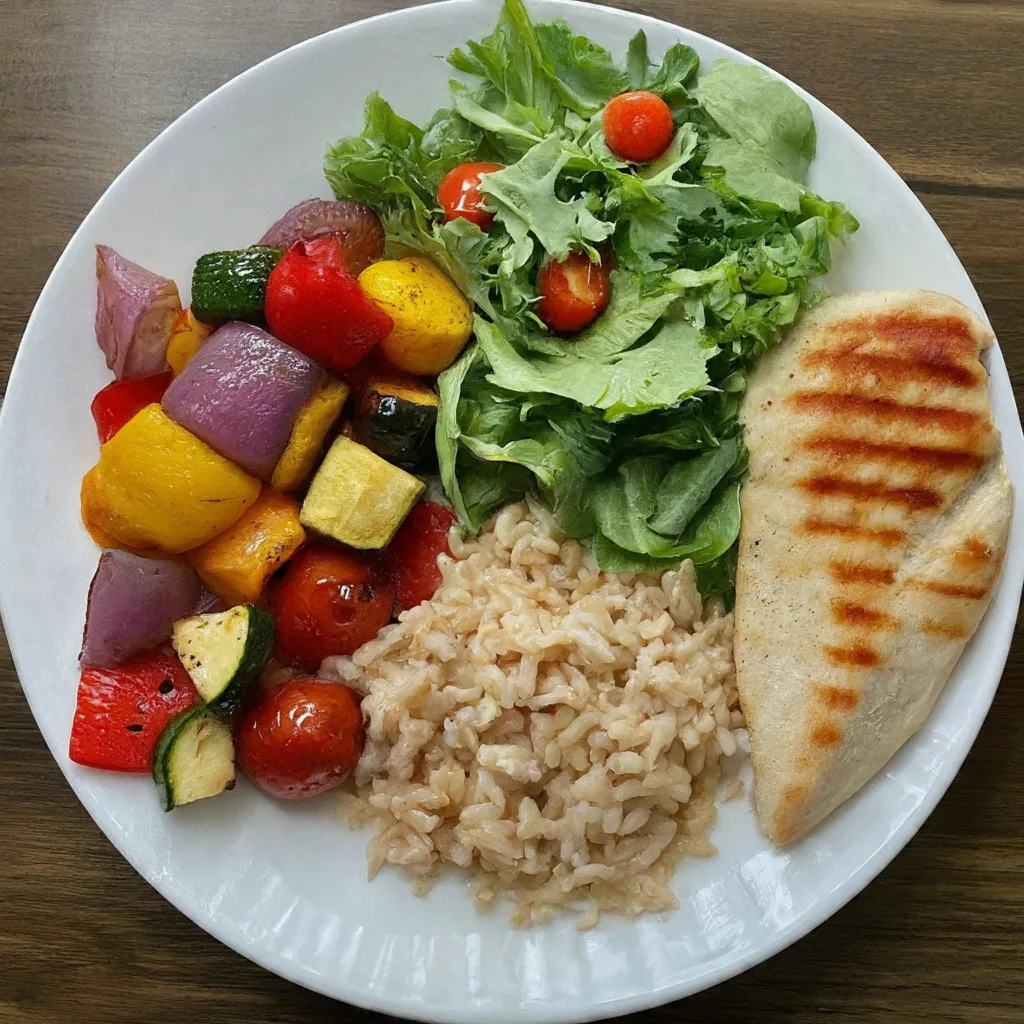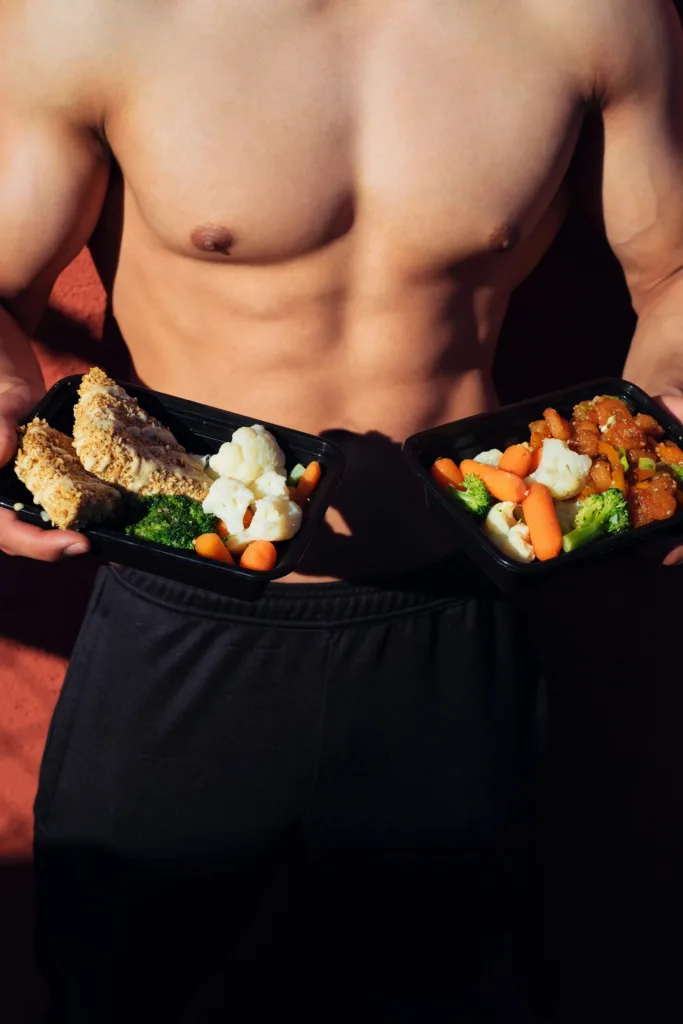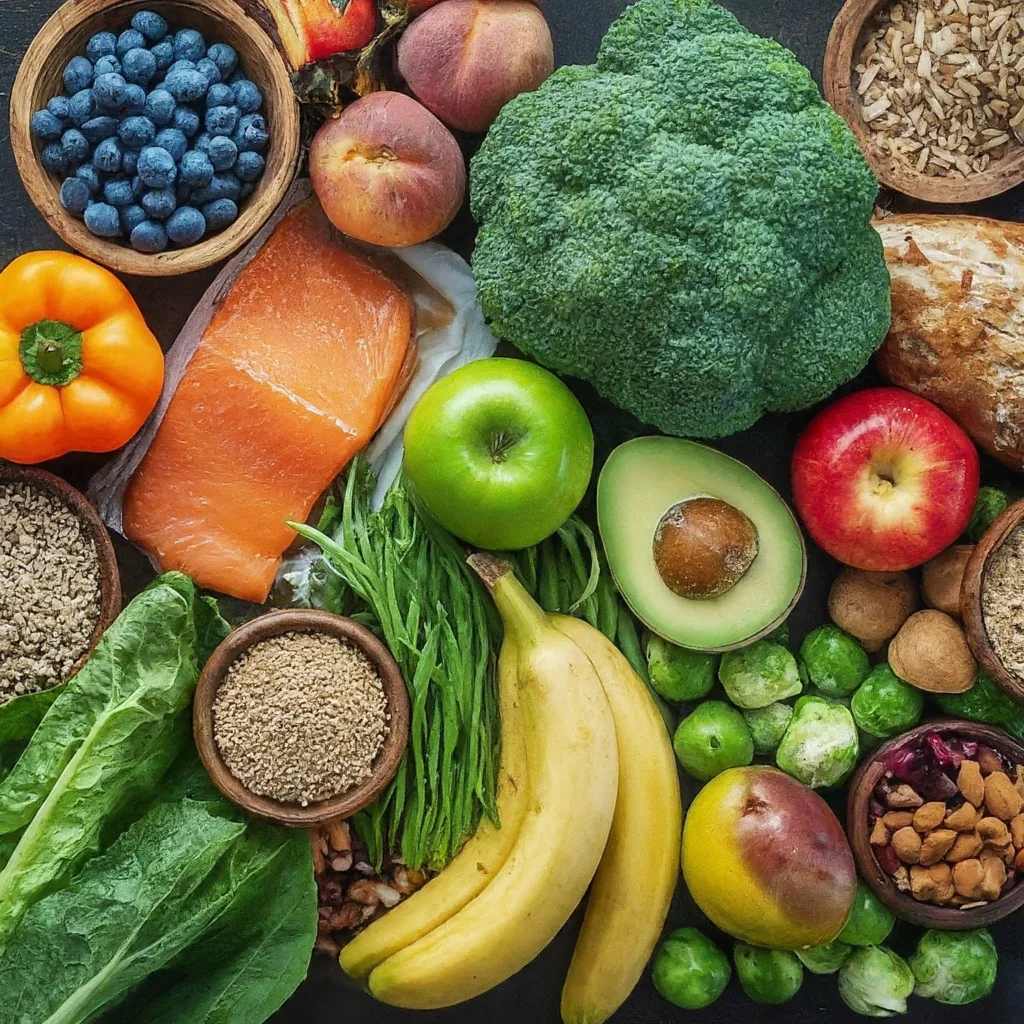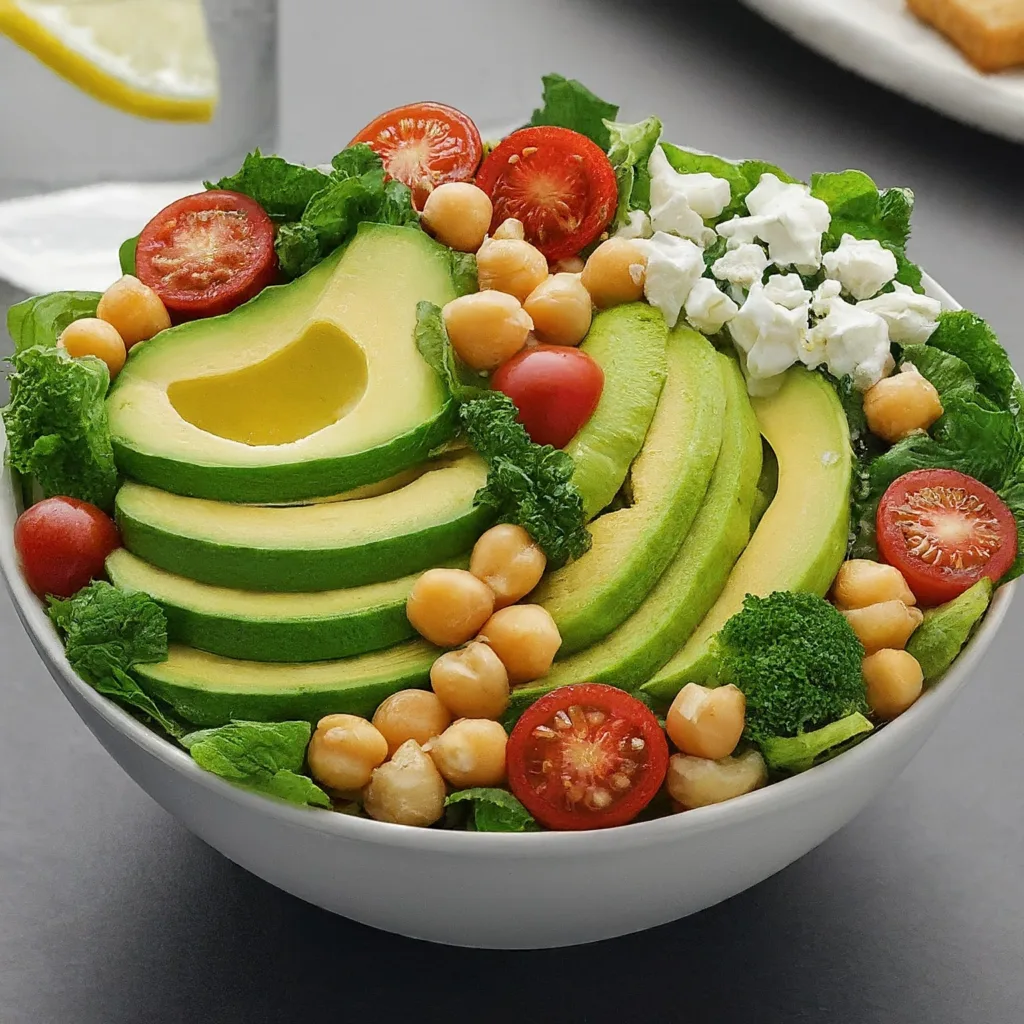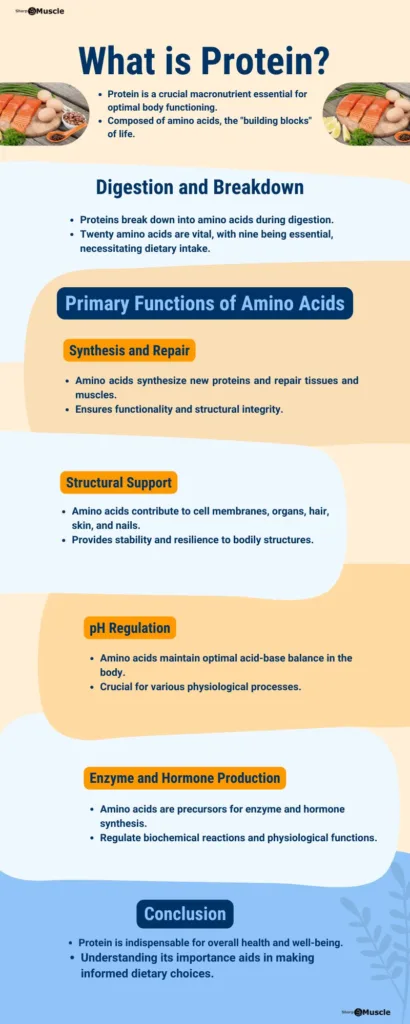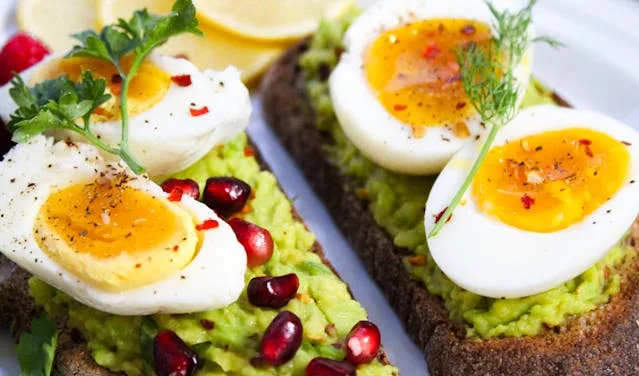A vegetarian diet is one that does not include meat, chicken and pork and mainly includes plant foods. Depending on the type of diet adopted by the individual, there are different levels of exclusion of meat and animal by-products.
In This Article
The reasons for following a vegetarian lifestyle vary, and include health, ethical and environmental benefits of cutting meat out of your diet. Since consumption of saturated fat that comes from animal products has been linked to high cholesterol and heart disease, many people choose to eliminate those foods for health reasons alone.
A well-planned vegetarian diet can reduce the risk of chronic disease, aid in weight loss, and improve the quality of your diet.
This article provides you a guide to a vegetarian diet, including a meal plan for weight loss.
What is vegetarian diet?
A vegetarian diet is a plant-based diet, and its involves abstaining from eating meat, fish, and poultry.
The use of vegetable diets is increasing. More and more people are choosing a meat-free lifestyle or want to get most of their nutrition from plant foods.
For environmental reasons people decide to become vegetarian, as livestock production increases greenhouse gas emissions, contributes to climate change and requires large amounts of water, energy and natural resources. 1 2
The food left over from a vegetarian diet depends on the specific type of vegetarian diet a person follows. In various forms, the following foods can be excluded:
1. All animal products, including fish
2. Eggs, Milk, Cheese and Dairy
3. Any non-food product made from animals or animal by-products
Recent data suggests that approximately 9.7 million Americans now follow a vegetarian diet. This represents roughly 2.93% of the US population, indicating a continued interest in plant-based eating.
The data also shows that 33% of Americans are eating a vegetarian diet more often, even though they are not fully committed to the lifestyle.
A 2010 Vegetarian Resource Group Nationwide Poll found that 1.4 million people aged 8 to 18 (3% of American youth) are vegetarians; That number is up from 2% 10 years ago.
What are the Different Types of Vegetarian Diets?
There are seven different forms of vegetarianism and each one has its own criteria.
1. Vegan Diet
2. Lacto Vegetarian Diet
3. Ovo Vegetarian Diet
4. Lacto-ovo Vegetarian Diet
5. Pescatarian Vegetarian
6. Pollotarian Vegetarian
7. Flexitarian Vegetarian
1. Vegan diet
The vegan diet is by far the strictest and excludes all animal products and their by-products.
- Vegans don’t consume any animal products, including white meat, pork, red meat, fish, seafood and poultry.
- They exclude any foods derived from or made from animal products or by-products, such as milk, yogurt, cheese, mayonnaise, butter, honey, gelatin, and eggs.
- Vegans do not use any non-food products made from animals, such as wax, cosmetics, supplements, silk, leather, or wool.
Like any vegetarian diet, it is hoped that converts will receive benefits such as weight loss, and reduced risk of diabetes and heart disease, but for vegans it is more about following a philosophy rather than a diet.
According to the American Vegan Association, “There is compassion in vegetarian action.” It goes beyond a diet; It is a lifestyle and a philosophy. Veganism adheres to a “respect for life” that recognizes the rights of all living beings and non-violence towards animals and the earth. They eat entirely from the plant world and generally lead healthy lifestyles and harmonious lives. Animal rights groups are strong supporters of this type of philosophy, and many follow a vegan diet.
A vegan diet includes all plant foods, such as grains, fruits, nuts and legumes. Soy products such as tofu, soy milk and veggie burgers are commonly consumed. Soy can be a staple of the diet because it has a complete protein, unlike other vegetable protein foods.
Other alternatives to meat products include almond milk, coconut milk, oat milk and rice milk. Cheese substitutes include nutritional yeast, also products made from soy and tapioca. There are even egg substitutes like silken tofu.
2. Lacto Vegetarian Diet
The lacto vegetarian diet does not include all types of meat, but dairy products such as milk and cheese are not allowed. This type of diet is most popular among religious groups like Hindus and Buddhists, and many Westerners.
The lacto vegetarian does not consume eggs because it contains a future life, and abstains from meat because its consumption involves a life.
Consuming dairy products helps lacto vegetarians meet their calcium requirements, which can be more difficult in a vegetarian diet. The dairy products, like yogurt, milk, and cheese, are common milk products included in the lacto vegetarian diet plan.
3. Ovo Vegetarian Diet
Ovo vegetarians don’t eat white or red meat, fish, poultry, seafood, dairy, but they do include eggs in their diet plan.
4. Lacto-ovo Vegetarian Diet
This type of vegetarianism excludes animal foods except eggs and milk. Like lacto vegetarians, lacto-ovo vegetarians have the advantage of access to calcium and zinc over strict vegetarians. This diet plan is popular among religious groups who abstain from meat. Many Seventh-day Adventists are adherents of the lacto-ovo vegetarian diet.
5. Pescatarian Vegetarian
This type of “lax” vegetarianism excludes red meat, pork and poultry, but allows the consumption of fish and seafood. Pescatarian Vegetarian diet is often referred to as “semi-vegetarian”. Some veterinarians consume dairy and some don’t.
6. Pollotarian Vegetarian
Pollotarian vegetarianism is another form of “semi-vegetarianism”, the diet excludes fish, seafood and red meat, but allows the consumption of fowl and poultry.
7. Flexitarian Vegetarian
The majority of the Flexitarian vegetarian diet plan follows a plant-based diet, with meat, fish and chicken being consumed only on occasion.
Bottom line
There are many reasons why people may stop eating meat and meat products. They range from environmental to ethical to health reasons.
What are the Health Benefits of Vegetarian Diet?
Vegetarianism is a healthy option for many people. Evidence exists that it is possible to prevent many chronic diseases and live a longer life by eliminating meat and following a plant-based diet.
The merits of a plant-based diet cannot be overemphasized enough. Natural nutrients that come from the foods of the earth, help to nourish the body, provide enough energy for even the busiest life and help prevent disease partly because they contain ample amounts of essential antioxidants. These are substances that help protect the body’s cells from damage caused by free radicals.
Plant-based diets can play an important role in preventing certain types of chronic diseases, including cancer, heart disease and type 2 diabetes. Plant diets also help prevent obesity and its serious consequences and facilitate weight loss along with improving digestive health.
Vegetarian foods list for weight loss
To lose weight, choose a vegetarian diet that is rich in whole, minimally processed plant foods. Depending on your specific diet, you can also include dairy or eggs.
- Choose high-fiber vegetables, such as:
- broccoli
- cauliflower
- zucchini
- leafy greens
- mushrooms
- High-protein foods for vegetarians include:
- beans
- nuts
- seeds
- lentils
- eggs
- dairy products
- soy foods (such as tempeh, tofu, and edamame)
- Eat complex carb foods, foods that increase fullness include:
- whole grains
- starchy vegetables
- fruits
- legumes
- High-calorie foods, pair of nuts, seeds, and low-fat foods with healthy fats, so you don’t overheat.
- Non-starchy vegetables such as:
- broccoli
- bell peppers
- cauliflower
- zucchini
- mushrooms
- tomatoes
- eggplants
- carrots
- celery
- cucumber
- Starchy vegetables such as:
- peas
- potatoes
- corn
- winter squash
- Fruits such as:
- berries
- oranges
- apples
- bananas
- grapes
- citrus
- kiwi
- mangoes
- Whole grains such as:
- quinoa
- brown rice
- furrow
- millet
- barley
- bulgur wheat
- Beans and legumes such as:
- lentils
- black beans
- pinto beans
- kidney beans
- Nuts and seeds such as:
- almonds
- walnuts
- pistachios
- cashews
- sunflower seeds
- chia seeds
- nut butter
- Lean proteins such as:
- bean protein
- legumes
- nuts
- seeds
- nut butter
- eggs
- greek yogurt
- milk
- soy products such as tofu, tempeh, and edamame
- Healthy fats such as:
- Water and other healthy drinks such as:
- naturally scented seltze
- fruit-infected water
- plain coffee or tea
How to calculate your calories?
Calculate your daily caloric needs is actually very simple, as given below. Most gyms should be able to measure this for you, or an instructor can make a pretty good guess just by looking at you. You can also use an online calculator to estimate your caloric intake.
1. Guidelines for BMR calculation
| Activity level | Formula |
|---|---|
| Sedentary: | |
| No or light exercises | BMR x 1.2= calories |
| Lightly Active: | |
| 1-3 days/week exercises | BMR x 1.375= calories |
| Moderately Active: | |
| 3-5 days/week exercises | BMR x 1.55= calories |
| Very Active: | |
| 6-7 days/week exercises | BMR x 1.725= calories |
| Super Active: | |
| Very hard exercises | BMR x 1.90= calories |
2. Maintenance calories
- Formula = BMR x 1.5;
- Let’s assume BMR = 1700;
- Then, 1700 x 1.7= 2890 calories;
- Therefore, 2890 calories = maintenance calories.
3. Calories for weight loss
| Subtract calories | Lose lbs per week |
|---|---|
| 2640 calories = (2890 – 250) | 0.5 lbs |
| 2390 calories = (2890 – 500) | 1 lbs |
| 1890 calories = (2890 – 1000) | 2 lbs |
Vegetarian diet plan based on 2000 calories
| Micro-breakdown | Protein=45%; Carb=30%; Fat=25% |
|---|---|
| Protein | 225 g |
| Carb | 150 g |
| Fat | 56 g |
Breakfast: Microbreakdown (P=35g, C=26g, F=5g)
| Ingredients | Quantities |
|---|---|
| Whole Egg | 1 |
| White Egg | 7 |
| Pear or Apple | 1 |
| Salt Paper | — |
Morning snack: Microbreakdown (P=34g, C=22g, F=10g)
| Ingredients | Quantities |
|---|---|
| Whey Protein Isolate | 1 scoop |
| Whole Egg | 1 |
| Chia Seeds | 1 spoon |
| Raisins | 1 spoon |
| Banana | ½ |
Lunch: Microbreakdown (P=22g, C=55g, F=16g)
| Ingredients | Quantities |
|---|---|
| Sweet Potato | 200g |
| Paneer | 60g |
| Broccoli or Green Paper | 2 ½ cup |
| Salt Paper | — |
Afternoon snack: Microbreakdown (P=34g, C=53g, F=4g)
| Ingredients | Quantities |
|---|---|
| Brown Rice or Quinoa | ½ cup |
| Soya Chunks | 50 g |
| Kidney Beans | 1/3 cup |
| Tomato | — |
Dinner: Microbreakdown (P=34g, C=53g, F=4g)
| Ingredients | Quantities |
|---|---|
| Milk | 100ml |
| Peanut Butter | ½ tbsp |
| Glutamine | 5g |
| Casein Protein | 1 scoop |
| Cinnamon | 1 pinch |
| Water | 100ml |
Before bed meal (P=50g, C=0g, F=0g)
| Ingredients | Quantities |
|---|---|
| Whey Protein Isolate | 25-50g |
| Water | 300ml |
FAQs
- Andy Cole N, Radcliff S, DeVries TJ, Rotz A, Ely DG, Cardoso F. Production, Management, and Environment Symposium: Environmental footprint of livestock production – Greenhouse gas emissions and climate change. J Anim Sci. 2016 Aug;94(8):3137-3138. doi: 10.2527/jas.2016-0602. PMID: 2769581.[↩]
- Pimentel D, Pimentel M. Sustainability of meat-based and plant-based diets and the environment. Am J Clin Nutr. 2003 Sep;78(3 Suppl):660S-663S. doi: 10.1093/ajcn/78.3.660S. PMID: 12936963.[↩]


